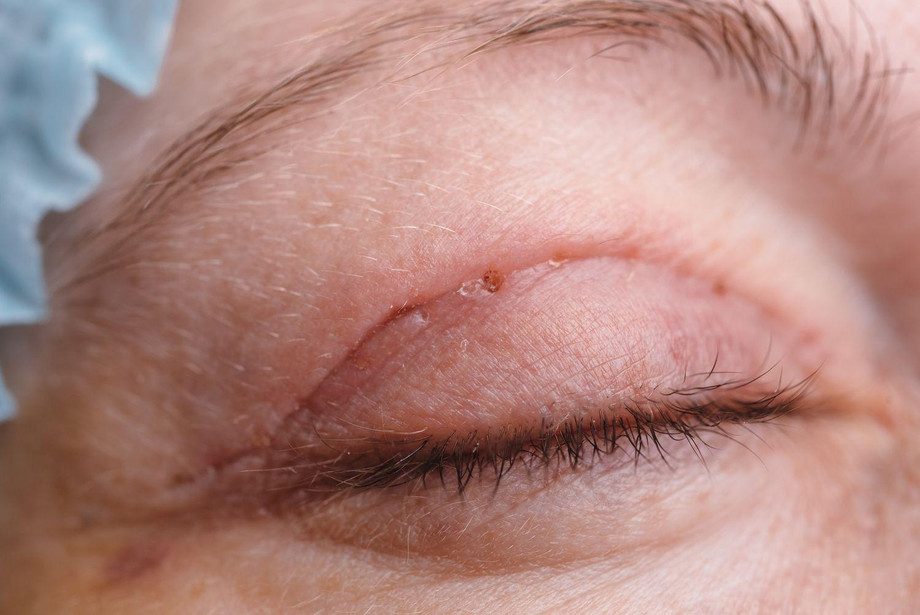How is an Eye Lift Surgery Typically Performed?
The quest for a youthful and rejuvenated appearance has led many individuals to explore various cosmetic procedures, and one such popular option is the eye lift. This transformative surgical procedure, technically known as blepharoplasty, is designed to address the signs of aging around the eyes, restoring a more youthful, refreshed look. In this article, we will delve into the intricacies of how an eye lift surgery is typically performed, shedding light on the art and science that underlie this remarkable cosmetic treatment.
Understanding Eye Lift Surgery
Before we dive into the details of the surgical procedure, it's essential to understand what an eye lift surgery entails and why individuals seek it. An eye lift, or blepharoplasty, is a cosmetic surgery that targets the eyelids to improve their appearance and function. It can be performed on both the upper and lower eyelids, addressing concerns such as sagging skin, excess fat deposits, and muscle laxity. Here's how the procedure is typically performed:

Initial Consultation
The journey towards an eye lift surgery begins with an initial consultation with a board-certified plastic surgeon or ophthalmologist who specializes in facial rejuvenation procedures. During this consultation, the surgeon will evaluate the patient's overall health, discuss their aesthetic goals, and conduct a thorough examination of the eyelid area. This evaluation helps determine the most appropriate surgical approach and tailor the procedure to the patient's unique needs.
Anesthesia
Eye lift surgery is performed under local anesthesia with sedation or general anesthesia, depending on the patient's preference and the extent of the procedure. Local anesthesia with sedation is commonly used for upper eyelid surgery, while general anesthesia may be preferred for more complex cases or when combined with other facial surgeries.
Incision Placement
The surgeon carefully plans the location and length of the incisions to minimize scarring and achieve the desired outcomes. For upper eyelid surgery, incisions are typically made along the natural crease of the upper eyelid. This placement conceals scars effectively. For lower eyelid surgery, incisions can be made just below the lower lash line or within the lower eyelid (transconjunctival incision). The choice of incision type depends on the patient's specific needs and concerns.
Removal of Excess Tissue
In upper eyelid surgery, after making the incision, the surgeon removes excess skin, muscle, and fat as necessary. This step is crucial for addressing drooping eyelids and restoring a more youthful contour. For lower eyelid surgery, excess fat is often repositioned or removed, and loose or sagging skin may be tightened.

Muscle and Tissue Adjustment
In some cases, the surgeon may need to tighten or reposition the underlying muscles and tissues to enhance the overall appearance of the eyelids. This step is particularly important for achieving a natural and long-lasting result.
Closure of Incisions
Once the necessary adjustments have been made, the surgeon meticulously closes the incisions using fine sutures or surgical adhesive. The goal is to ensure minimal scarring and promote optimal healing.
Recovery and Postoperative Care
After the surgery, patients are closely monitored during the initial recovery period. Cold compresses and lubricating ointments are often recommended to reduce swelling and minimize discomfort. Strenuous activities and excessive eye strain should be avoided during the early stages of recovery. Most patients can return to their regular activities within a week to ten days, although complete healing may take several weeks to months.
Results and Follow-Up
The full results of an eye lift surgery become progressively apparent as swelling subsides and the healing process unfolds. Patients can expect a rejuvenated appearance with smoother, more youthful-looking eyelids. Regular follow-up appointments with the surgeon are essential to monitor progress and address any concerns during the recovery period.
Conclusion:
Eye lift surgery, or blepharoplasty, is a transformative cosmetic procedure that has the power to rejuvenate the appearance of the eyes and enhance a person's overall facial aesthetics. By carefully planning incisions, removing excess tissue, and making subtle adjustments, skilled surgeons can achieve remarkable results that not only restore a more youthful look but also boost self-confidence. If you are considering an eye lift surgery to address concerns related to your eyelids, it's crucial to consult with a qualified and experienced plastic surgeon or ophthalmologist who can guide you through the process and help you achieve the best possible outcome. Remember that the art and science of eye lift surgery can provide lasting benefits, allowing you to put your best face forward with confidence.
Comments
Post a Comment